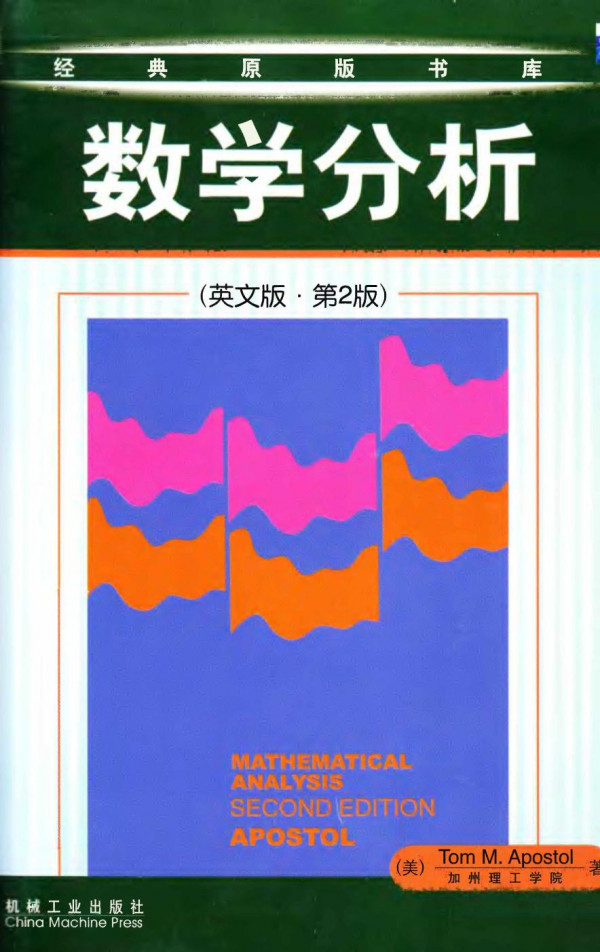

Most ebook files are in PDF format, so you can easily read them using various software such as Foxit Reader or directly on the Google Chrome browser.
Some ebook files are released by publishers in other formats such as .awz, .mobi, .epub, .fb2, etc. You may need to install specific software to read these formats on mobile/PC, such as Calibre.
Please read the tutorial at this link. https://ebooknice.com/page/post?id=faq
We offer FREE conversion to the popular formats you request; however, this may take some time. Therefore, right after payment, please email us, and we will try to provide the service as quickly as possible.
For some exceptional file formats or broken links (if any), please refrain from opening any disputes. Instead, email us first, and we will try to assist within a maximum of 6 hours.
EbookNice Team

Status:
Available0.0
0 reviewsMathematic Analysis: Second Edition originally published in 1974 occupies the first 506 pages
Notes for Chapters 3, 4, 13, 15, 16 occupies the remaining 77 pages
Main subject categories: • Analysis • Real number system • Complex number system • Set theory • Point set topology • Limits and continuity • Derivatives • Functions of bounded variation and rectifiable curves • The Riemann-Stieltjes Integral • Infinite series and infinite products • Sequences of functions • The Lebesgue Integral • Fourier Series and Fourier Integrals • Multivariable differential calculus • Implicit functions and extremum problems • Multiple Riemann Integrals • Multiple Lebesgue Integrals • Cauchy's Theorem and the residue calculus
The book provides a transition from elementary calculus to advanced courses in real and complex function theory, and it introduces the reader to some of the abstract thinking that pervades modern analysis.
The second edition differs from the first in many respects. Point set topology is developed in the setting of general metric spaces as well as in Euclidean n-space, and two new chapters have been added on Lebesgue integration. The material on line integrals, vector analysis, and surface integrals has been deleted. The order of some chapters has been rearranged, many sections have been completely rewritten, and several new exercises have been added.
The development of Lebesgue integration follows the Riesz-Nagy approach which focuses directly on functions and their integrals and does not depend on measure theory. The treatment here is simplified, spread out, and somewhat rearranged for presentation at the undergraduate level.